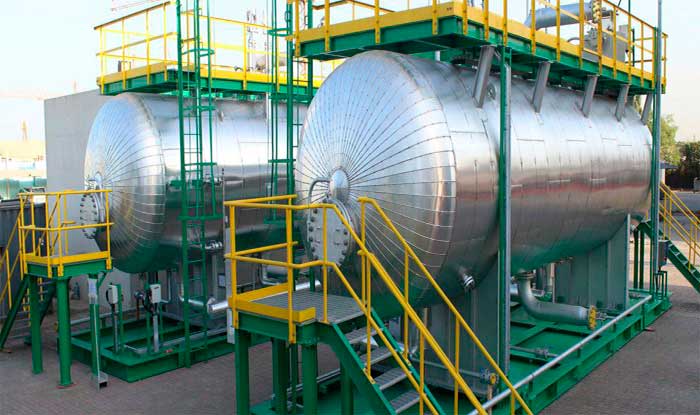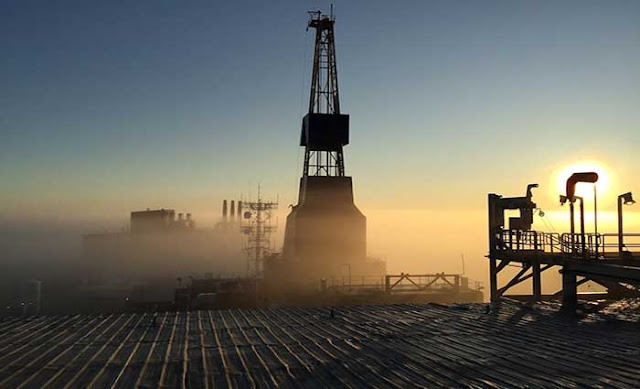Oil Refining Processes
REFINING THE OIL ALLOWS US TO GIVE VARIOUS USES TO THE HYDROCARBON, AFTER BEING SUBJECTED TO DIFFERENT SEPARATION, TRANSFORMATION, AND PURIFICATION PROCESSES.
To
transform hydrocarbons into various derivative products, they must be some of the processes of separation, transformation, and
purification, which are encompassed in what is known as refining. Derived products are required
by distillation of the hydrocarbon,
obtaining finished products, which are supplied directly for consumption.
On the
other hand, semi-finished products
serve as the basis for certain products to which additives are added to improve their quality. And the sub-products among which we find, for
example, virgin naphtha, serve as a raw material for petrochemicals.
Each refining process has specific
characteristics and equipment, whether carried out properly in the refinery or completed in other treatment plants.
 |
| Oil refining is necessary to obtain its derivatives |
Among the traditional refining processes are:
Distillation, also known as fractionation. It may be atmospheric distillation or vacuum. By
this process, the oil is sometimes various boiling temperatures and thus, by
distillation, they are separated into different types of hydrocarbons.
By
subjecting the oil to heat, pressure and a catalyst that generally contains
platinum, the refinement known as reformation
is performed. In this way, chemical reactions can be caused by gasoline that
produces the high octane rating of gasoline and raw materials for
petrochemicals.
Cracking, because of the high degree of boiling, the
molecules of the heavier hydrocarbons are broken down, those derivatives in
lighter products such as gasoline and diesel. The catalytic and thermal
cracking known as alkylation,
produce propylene and butylene. When the light molecules have a chemical union
with isobutane, they form large molecules in a branched-chain of different
kinds of isoparaffin.
 |
Hydrocarbon
refining processes. Oil and gas management image
|
Isomerization, where the chemistry of linear chain
hydrocarbons, called paraffin, is reorganized. This process is obtained by
mixing normal butane with hydrogen and chlorine, allowing the reaction through
a catalyst to form isobutane, normal butane, and other lighter gases.
Finally,
under pressure and temperature, the hydrocarbon is refined by polymerization. The light hydrocarbon
molecules installed react and combine to form larger molecules.



